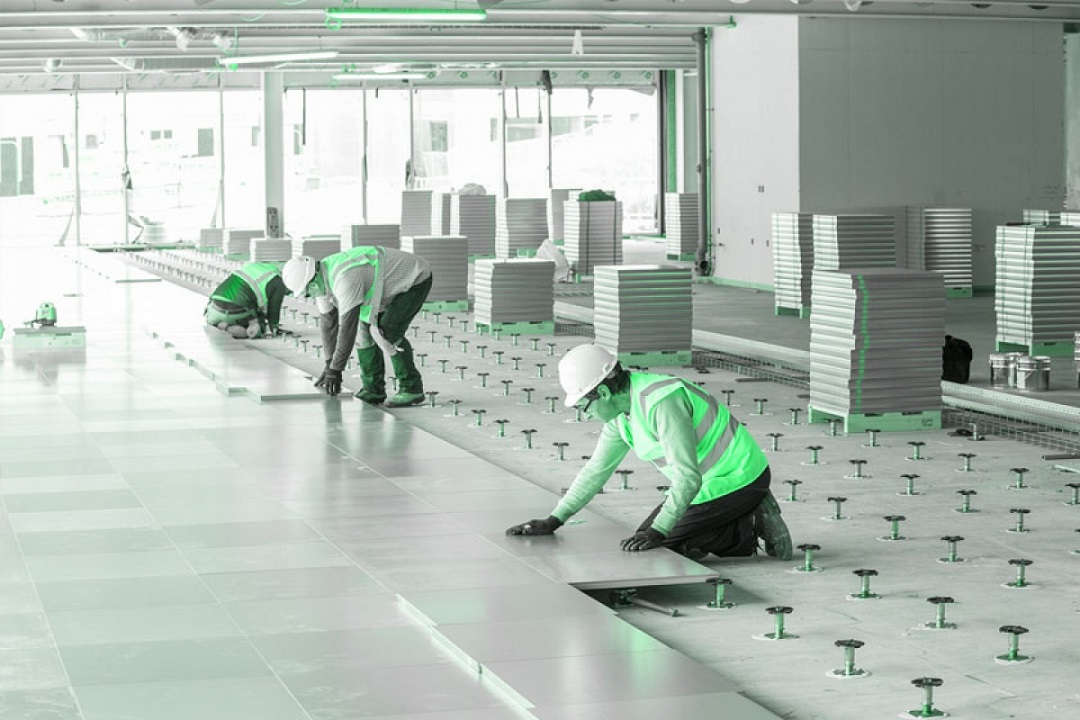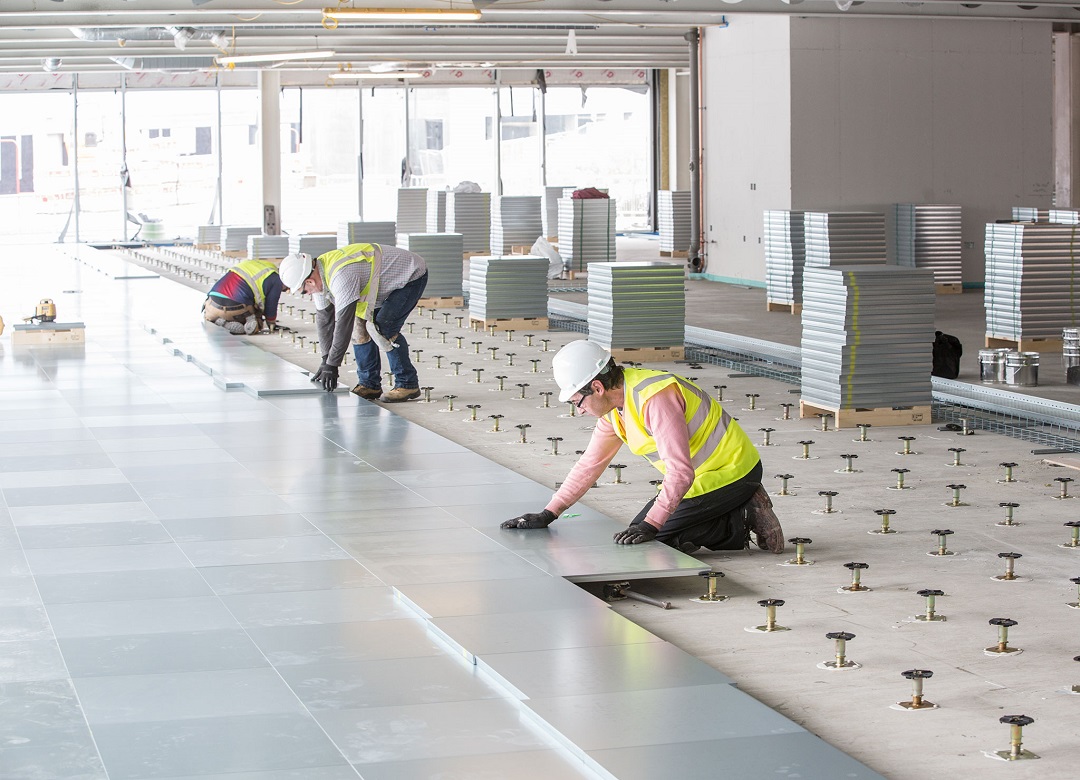Insulating under a raised floor is essential for maintaining a comfortable and energy-efficient home environment. Whether you have a raised foundation or a suspended wooden floor, proper insulation can help prevent heat loss, reduce energy bills, and improve overall comfort. So, how do you go about insulating under a raised floor? Let’s dive in.
1. Assess the Existing Conditions
Before starting any insulation project, it’s crucial to assess the current conditions under your raised floor. Check for any existing insulation, moisture issues, or gaps that may need addressing. This initial inspection will help determine the most suitable insulation materials and methods for your specific situation.
2. Choose the Right Insulation Material
When it comes to insulating under a raised floor, you have several insulation materials to choose from:
- Fiberglass Batts or Rolls: Fiberglass insulation is a common and cost-effective option. It comes in pre-cut batts or rolls, making installation relatively straightforward.
- Spray Foam Insulation: Spray foam insulation is a versatile option that expands to fill gaps and cracks, providing excellent coverage and air sealing properties.
- Rigid Foam Insulation: Rigid foam boards offer high thermal resistance and moisture resistance, making them suitable for underfloor applications.
- Reflective Foil Insulation: Reflective foil insulation reflects heat away from the floor, helping to maintain a comfortable indoor temperature.
Consider factors such as R-value, moisture resistance, and ease of installation when selecting the right insulation material for your raised floor.
3. Prepare the Area
Before installing insulation, it’s essential to prepare the underfloor area. Clean out any debris, repair any damaged floorboards or joists, and address any moisture issues to ensure a dry and stable environment for the insulation.
4. Install the Insulation
Once the area is prepared, it’s time to install the insulation. Follow manufacturer instructions carefully, and ensure proper coverage and sealing to maximize the insulation’s effectiveness. Pay attention to areas around pipes, ducts, and electrical wiring, and use appropriate sealing materials to prevent air leakage.
5. Seal Air Leaks
Air leakage can significantly reduce the effectiveness of insulation. Seal any gaps or cracks in the floor, walls, or foundation to prevent warm air from escaping and cold air from entering your home. Use caulking, weatherstripping, or expanding foam to seal air leaks effectively.
6. Consider Ventilation
Proper ventilation is essential to prevent moisture buildup and maintain a healthy indoor environment. Ensure adequate ventilation under the raised floor by installing vents or fans to promote air circulation and prevent mold and mildew growth.
FAQs
Q: Will insulating under a raised floor reduce my energy bills?
A: Yes, proper insulation can significantly reduce heat loss and energy consumption, leading to lower heating and cooling bills.
Q: Can I install insulation under a raised floor myself?
A: While DIY installation is possible, it’s essential to follow proper safety precautions and manufacturer instructions to ensure effective insulation.
Q: What is the best insulation material for under a raised floor?
A: The best insulation material depends on various factors such as climate, budget, and moisture resistance. Fiberglass, spray foam, rigid foam, and reflective foil are common options.
Q: How do I know if my raised floor needs insulation?
A: Signs such as uneven temperatures, drafts, or high energy bills may indicate a need for insulation under a raised floor.
Q: Can insulation under a raised floor help reduce noise transmission?
A: Yes, insulation can help absorb sound and reduce noise transmission between floors, creating a quieter indoor environment.
Insulating under a raised floor is a worthwhile investment that can improve comfort, energy efficiency, and indoor air quality. By choosing the right insulation materials and methods and ensuring proper installation, you can enjoy a more comfortable and energy-efficient home environment.






